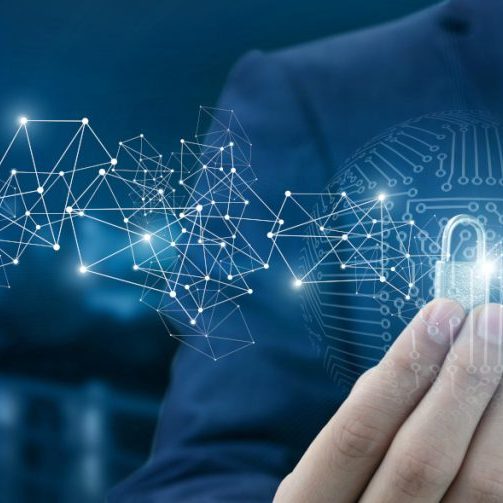
What is the Purpose of Data Security?
The purpose of data security is to protect electronic information from unauthorized access. Data security measures can include physical security, which protects against hardware theft or damage; logical security, which protects against unauthorized software access; and administrative security, which controls who has access to the data and what they are allowed to do with it.
Data security is important for businesses because it helps to ensure the confidentiality, integrity, and availability of their data. It also helps to protect the business’s reputation and bottom line by preventing data breaches.
Data security is also important for individuals because it helps to protect their personal information from being accessed and used without their permission. Data breaches can lead to identity theft, financial loss, and other problems. Therefore, it is important for everyone to take steps to secure their data. There are a number of ways to do this, including using strong passwords, encrypting data, and using malware protection software.
What Are the Types of Data Security?
There are three types of data security: physical, technical, and administrative. Physical security is the most basic form of data security and involves protecting data from physical damage or destruction. Technical security is designed to protect data from unauthorized access, while administrative security focuses on preventing unauthorized use or disclosure of data. All three types of data security are important in protecting sensitive information.
- Physical Security
Physical security is the most basic form of data security. It involves protecting data from physical damage or destruction. To physically secure data, it must be stored in a safe location that is only accessible to authorized personnel. Additionally, physical media such as hard drives and tapes should be properly labeled and secured to prevent unauthorized access.
- Technical Security
Technical security is designed to protect data from unauthorized access. To achieve technical security, data must be properly encrypted so that it cannot be read by anyone who does not have the proper decryption key. Additionally, it is important to limit access to the data so that only those individuals who absolutely need it can access it.
- Administrative Security
Administrative security focuses on preventing unauthorized use or disclosure of data. To achieve administrative security, organizations must have policies and procedures in place that govern how data can be used and accessed. Additionally, employees should be trained on these policies and procedures to ensure they are followed.
Organizations should implement all three types of data security to best protect their sensitive information. Physical security should be used to protect data from physical damage or destruction, while technical and administrative security should be used to protect data from unauthorized access and disclosure.
Current Trends in Data Security
It’s no secret that data security is a hot topic these days. With all of the high-profile data breaches that have occurred in recent years, businesses and individuals alike are more aware than ever of the importance of keeping their information safe and secure. But what does “data security” actually mean? And what are some of the latest trends in this ever-evolving field?
Simply put, data security is the practice of protecting electronic information from theft or unauthorized access. That can be accomplished by various means, like password protection, encryption, and physical security measures.
One of the biggest trends in data security right now is the use of encryption. Encryption is a process of converting data into a code that can only be deciphered by authorized individuals. This makes it much more difficult for hackers or other unauthorized individuals to access and misuse sensitive information.
Another trend in data security is the use of biometrics. Biometrics are unique physical or behavioral characteristics that can be used to identify an individual. Common examples of biometrics include fingerprints, iris scans, and facial recognition. By using biometrics, businesses can make it even harder for unauthorized individuals to gain access to their systems and data.
Finally, another big trend in data security is the adoption of new technologies such as blockchain. Blockchain is a distributed database that allows for secure, tamper-proof transactions. This makes it an ideal solution for businesses that need to share sensitive information but don’t want to risk it being compromised.
As you can see, data security is a complex and ever-evolving field. By staying up-to-date on the latest trends, you can help ensure that your business’s information is safe and secure.
Data security is an integral part of every organization’s workplace security and should be given due importance in current times. Cybercrime is at an all-time high, and that’s why it should be concerning for organizations to pay more attention to data security. There are numerous advantages that organizations can gain with data security, and its purpose is to ensure the protection of valuable data and customer information. If you want to learn more about data security and its purpose, contact Decision Digital today.